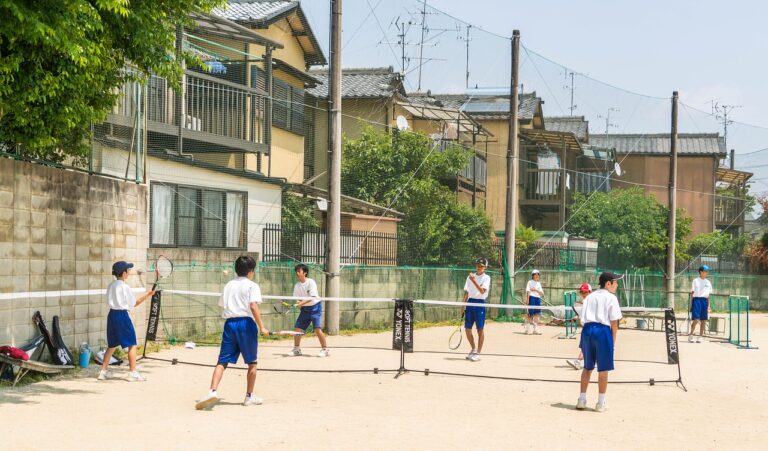Gaming for Good: How Video Games Are Used for Education and Social Change
Video games have increasingly become a valuable tool in educational settings. They provide an interactive and engaging platform that can enhance the learning experience for students of all ages. By incorporating educational content into video games, educators are able to make learning more enjoyable and exciting, motivating students to actively participate in their own learning process.
One of the key benefits of using video games for education is the ability to tailor the content to individual learning styles and paces. Unlike traditional teaching methods, video games allow students to learn at their own speed and receive immediate feedback on their progress. This personalized approach not only helps students retain information better but also fosters a sense of achievement and motivation to continue learning.
Utilizing Gamification Techniques in Learning
Gamification techniques have revolutionized the traditional approach to education by incorporating elements of gameplay into learning processes. By introducing game-like mechanics such as challenges, rewards, and interactive tasks, educators can enhance student engagement and motivation. These techniques tap into individuals’ natural inclination towards competition and achievement, making the learning experience more dynamic and immersive.
One of the key advantages of utilizing gamification in learning is the ability to personalize and pace instruction according to individual student needs. Through adaptive learning algorithms embedded in educational games, students can receive tailored feedback and support based on their performance levels. This approach not only promotes self-directed learning but also allows educators to track students’ progress more effectively, enabling them to provide timely interventions and support when necessary.
What are some benefits of using video games for education?
Some benefits of using video games for education include increased engagement and motivation, improved problem-solving skills, and the ability to practice critical thinking in a fun and interactive way.
How can gamification techniques be utilized in learning?
Gamification techniques can be utilized in learning by incorporating game elements such as points, levels, badges, and leaderboards into educational activities to make them more engaging and interactive for students.
Are there any drawbacks to using gamification in learning?
Some potential drawbacks of using gamification in learning include the risk of students becoming too focused on winning points or rewards rather than mastering the material, and the possibility of creating a competitive environment that may not benefit all students equally.
How can educators ensure that gamification techniques are used effectively in the classroom?
Educators can ensure that gamification techniques are used effectively in the classroom by setting clear learning objectives, providing meaningful rewards and feedback, and monitoring student progress to ensure that all students are benefiting from the gamified learning experience.





